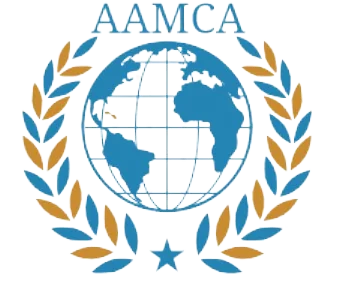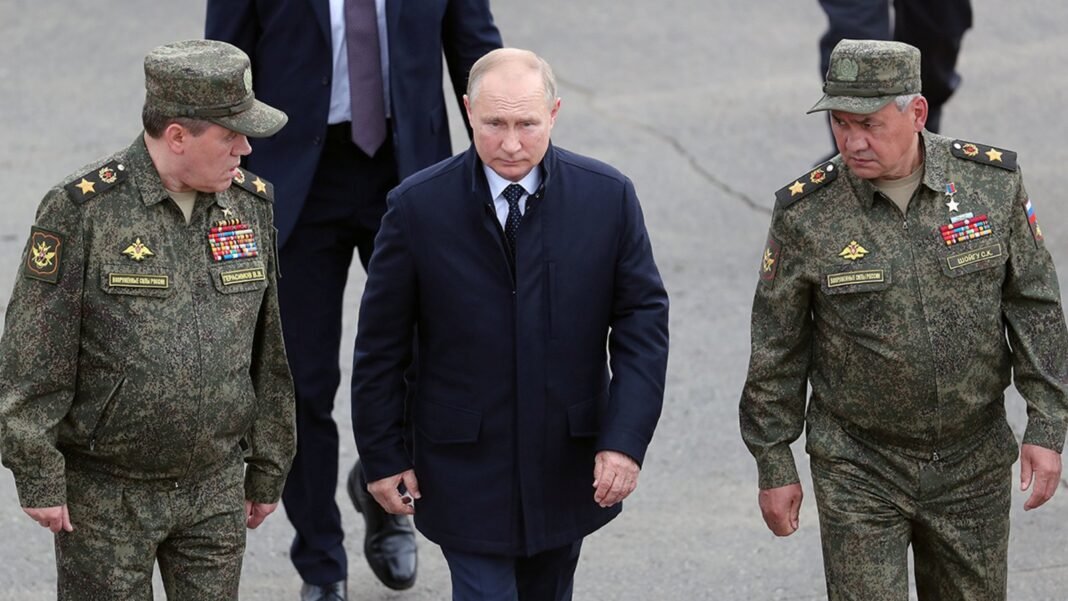The Current Landscape of Russian Power
As we approach 2025, the landscape of Russian military power is undergoing a significant transformation, rooted in both historical legacy and contemporary strategic necessities. The legacy of the Cold War looms large, forming a basis for Russia’s current military doctrine. However, the era of unchallenged military dominance is giving way to a more nuanced and restrained approach to warfare and international relations.
Historically viewed as a superpower, Russia’s global military posture is now compelled to adapt to a variety of operational vulnerabilities and internal constraints. Economic sanctions, demographic challenges, and an increasing reliance on asymmetric warfare tactics underscore a strategic pivot that deviates from traditional military might. Vladimir Putin’s regime remains cognizant of the need to maintain a credible deterrent, yet the focus is shifting towards more calculated engagements rather than overt displays of power that characterized the Soviet era.
This evolving military status affects Russia’s ability to project influence on the global stage. Instances of military engagement, whether in Ukraine, Syria, or other geopolitical hot spots, reveal a dual strategy of intimidation coupled with a need for measured escalation. While the Kremlin seeks to assert its power, it must navigate the impediments of economic sanctions and international isolation, which limit Russia’s operational capabilities. Furthermore, internal political dynamics and public sentiment play crucial roles in shaping military decisions, constraining the Kremlin’s options.
Moreover, Russia’s military modernization efforts, aimed primarily at bolstering regional stability and deterrence, reflect an acknowledgment of its strategic limitations. The reliance on hybrid warfare tactics, such as cyber operations and disinformation campaigns, underscores a shift toward leveraging non-conventional means. Thus, the redefined landscape of Russian power by 2025 reveals a complex interplay of historical legacy, operational challenges, and strategic evolution impacting its role in global affairs.
Targeted Actions Against Ukraine’s Infrastructure
The ongoing conflict between Russia and Ukraine has led to a significant shift in military tactics, particularly with regards to targeted actions against Ukraine’s infrastructure. In recent months, Russian forces have intensified their assaults on critical logistic and energy hubs located in western Ukraine. This approach is strategically designed to undermine Ukraine’s defensive capabilities while carefully managing the risk of escalation that could provoke a direct response from NATO.
By concentrating attacks on vital infrastructure, Russia aims to disrupt not only the logistical supply chains that are crucial for sustaining military operations but also the everyday lives of civilians who rely on these services. Energy facilities, transportation networks, and communication systems have become prime targets, as their destruction can create a ripple effect, hampering both military and civilian operations. The rationale is clear: dismantling these essential frameworks will weaken Ukraine’s resilience and operational capabilities without necessarily triggering a military response from NATO allies.
This method of targeting critical infrastructure aligns with Russia’s broader strategic objectives, which seek to coerce Ukraine into submission while avoiding the direct military confrontation that would escalate the conflict beyond its current state. It reflects an understanding of the limits of aggression — how to inflict damage and instill fear while maintaining the delicate balance that prevents NATO from fully engaging in the war. The anticipated outcomes for Ukraine’s military capabilities are dire; prolonged attacks on infrastructure may lead to degradation of operational readiness, reduced morale among troops, and ultimately, a strategic disadvantage.
As the situation evolves, the implications of these targeted assaults extend beyond immediate military effectiveness to encompass broader geopolitical dynamics, shaping not only the conflict in Ukraine but also the future of international security alliances in the region.
Hybrid Escalation Tactics and Cyber Warfare
The concept of hybrid escalation tactics has become increasingly significant in the context of NATO’s strategic landscape, particularly concerning Russia’s military and foreign policy maneuvers. Hybrid warfare encompasses a blend of conventional military tactics, irregular warfare, and non-military methods, all aimed at achieving political objectives without crossing the threshold of conventional conflict. Russia has effectively employed hybrid escalation tactics along NATO’s borders, representing a nuanced approach to exert its influence while avoiding direct confrontation that could invoke commitments under Article 5 of the NATO treaty.
Central to these tactics is the integration of cyber warfare capabilities. Russia’s cyber operations have targeted the infrastructure of various Eastern European countries, resulting in disruptions that challenge national security and public order. Cyber operations can range from data theft and espionage to the spread of misinformation, complicating the decisions of regional leaders and fostering distrust among the populace. By manipulating information, the Kremlin seeks to create doubt regarding the effectiveness of NATO’s collective defense, intending to weaken alliance cohesion.
Misinformation campaigns further supplement Russia’s hybrid approach, employing social media and other digital platforms to shape narratives that align with Moscow’s strategic interests. These campaigns often blur the lines between fact and fiction, fostering polarization and eroding the public’s trust in democratic institutions. As these narratives gain traction, they can significantly influence public opinion, prompting reactions from Eastern European governments that may lead them to reconsider their alignment with NATO.
Additionally, the use of proxy forces has emerged as a critical element in Russia’s hybrid escalation strategy. By supporting local insurgents or utilizing private military companies, the Kremlin can project power and influence while maintaining plausible deniability. This tactic effectively creates instability in specific regions, allowing Russia to pursue its geopolitical goals without engaging in direct military action. Together, these hybrid escalation tactics significantly shape the complex security dynamics in Eastern Europe, compelling NATO and its allies to remain vigilant and responsive.
Symbolic Intimidation and Strategic Self-Preservation
Russia’s use of symbolic threats is deeply rooted in its approach to international relations, especially within the context of nuclear strategy. This strategy is characterized by a deliberate focus on projecting power through calculated rhetoric and displays of military capability, serving not only to intimidate adversaries but also to reinforce its own national identity and cohesion. The Kremlin employs these rhetorical maneuvers as part of a broader effort to shape Western perceptions and responses. By crafting a narrative that underscores its military readiness, Russia aims to convey a sense of strength that deters potential aggression while simultaneously catering to domestic audiences seeking reassurance from their leadership.
Strategic communications play a crucial role in Russia’s approach to symbolic intimidation. The government utilizes various platforms to disseminate messages that stress its military prowess, often exaggerating capabilities or readiness levels to foster an image of invulnerability. These communications are carefully orchestrated to resonate with both allies and potential adversaries, meant to instigate caution in the latter while cementing alliances within their geopolitical sphere. Such strategic moves reflect a nuanced understanding of psychological warfare, where perception is often as significant as reality in international relations.
However, it is essential to recognize the limitations inherent in Russia’s aggressive posturing. While the Kremlin consistently employs symbolic threats as a deterrent, these strategies also reveal a compelling focus on self-preservation. The current regime remains acutely aware of the consequences of overreach and miscalculation, leading to a more cautious approach when countering perceived threats. This strategic balancing act illustrates not only a commitment to appearing formidable on the world stage but also underscores a constant underpinning concern for national stability and regime security. As international dynamics evolve, Russia’s maneuvers will likely continue to reflect this intricate interplay between intimidation and self-preservation.

 from Africa, Asia and United Nations here for your comfort in different languages, but you can click on our translator in different languages on our Website.
from Africa, Asia and United Nations here for your comfort in different languages, but you can click on our translator in different languages on our Website.
